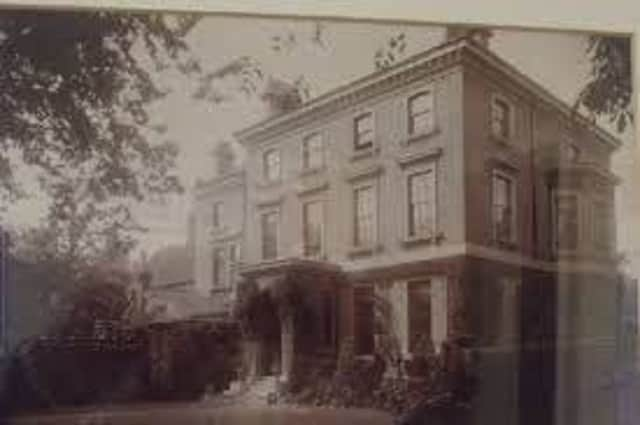The Esperance Hospital Eastbourne: A history as facility prepares for closure


Ninety seven staff will be affected by the closure of all the facility’s non-fertility services by early July.
The town’s first private hospital has a long and rich history in Eastbourne spanning more than a century.
Advertisement
Hide AdAdvertisement
Hide AdIt was originally a Victorian house called Fernbank, built in Hartington Place in 1865. In 1898 it was bought by the Reverend Canon and Mrs Edmond who lived there with their two sons and servants.
Then when they decided to put it on the market in 1917, the building was purchased by the nursing branch of the Holy Family of Bordeaux Sisters for £5,000. Decades before the National Health Service was introduced, it had 20 paying guests in a matter of weeks.
In the height of The First World War, wounded officers soon arrived, taking the place of these guests.
Then, following the end of the war in 1918, the nurses continued caring for the sick in the area and, within five years, funds were raised to build a house at the end of the garden for them to sleep in, called Loretto.
Advertisement
Hide AdAdvertisement
Hide AdThe building later became home to the hospital’s private consulting rooms and MRI and CT suite.
The Esperance was a full-blown hospital by the 1920s. The operating theatre was on the top floor, while the kitchen was in the basement, which is where the theatre is today.
From 24 Sisters at the beginning, their numbers dwindled, with some weight on the outside staff.
The emphasis was on home cooking, apart from the cakes, some homemade, others provided by Bondolfies of Eastbourne.
Advertisement
Hide AdAdvertisement
Hide AdOne of its anaesthetists was Dr John Bodkin Adams, who lived opposite in Trinity Trees. The GP, a suspected serial killer, later became infamous after more than 160 of his patients died in suspicious circumstances.
By 1987 the hospital had 49 beds, 60 staff, and was treating an average of 2,000 patients a year.
But the time had come for the nuns to leave. They sold initially to GM Healthcare and ultimately BMI Healthcare in 1998.
It has continued to serve the community for the last 31 years.